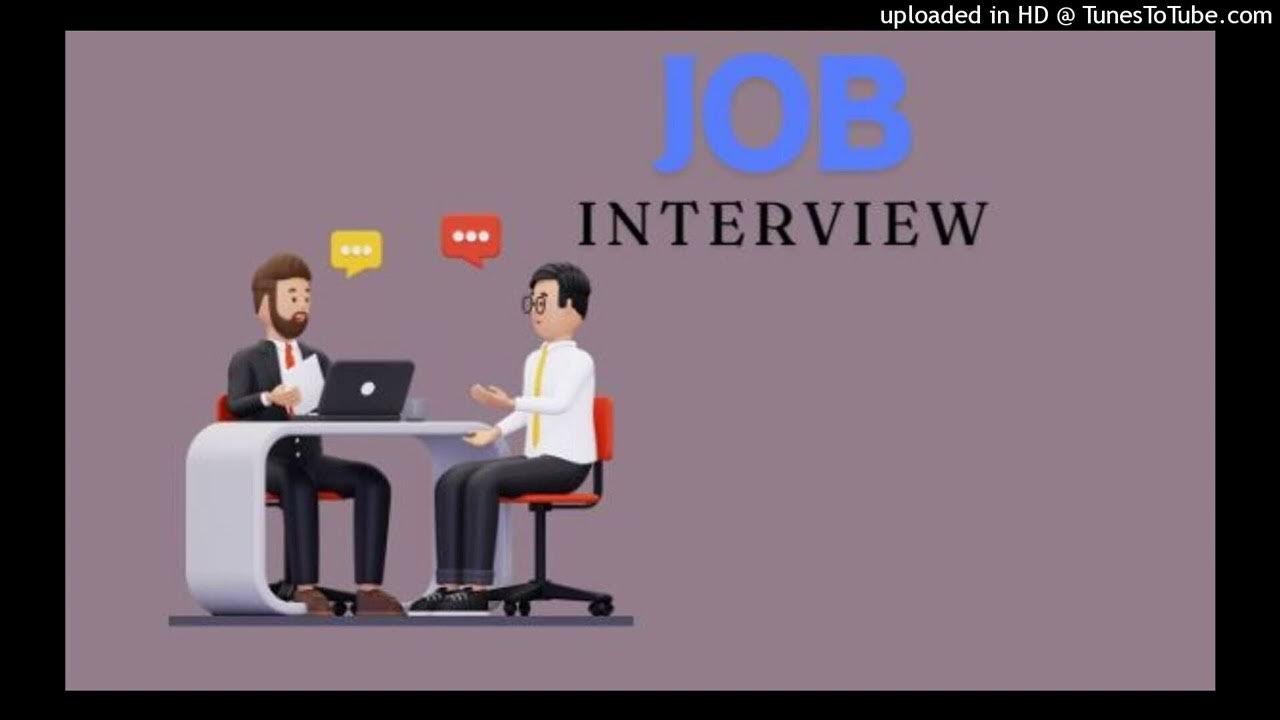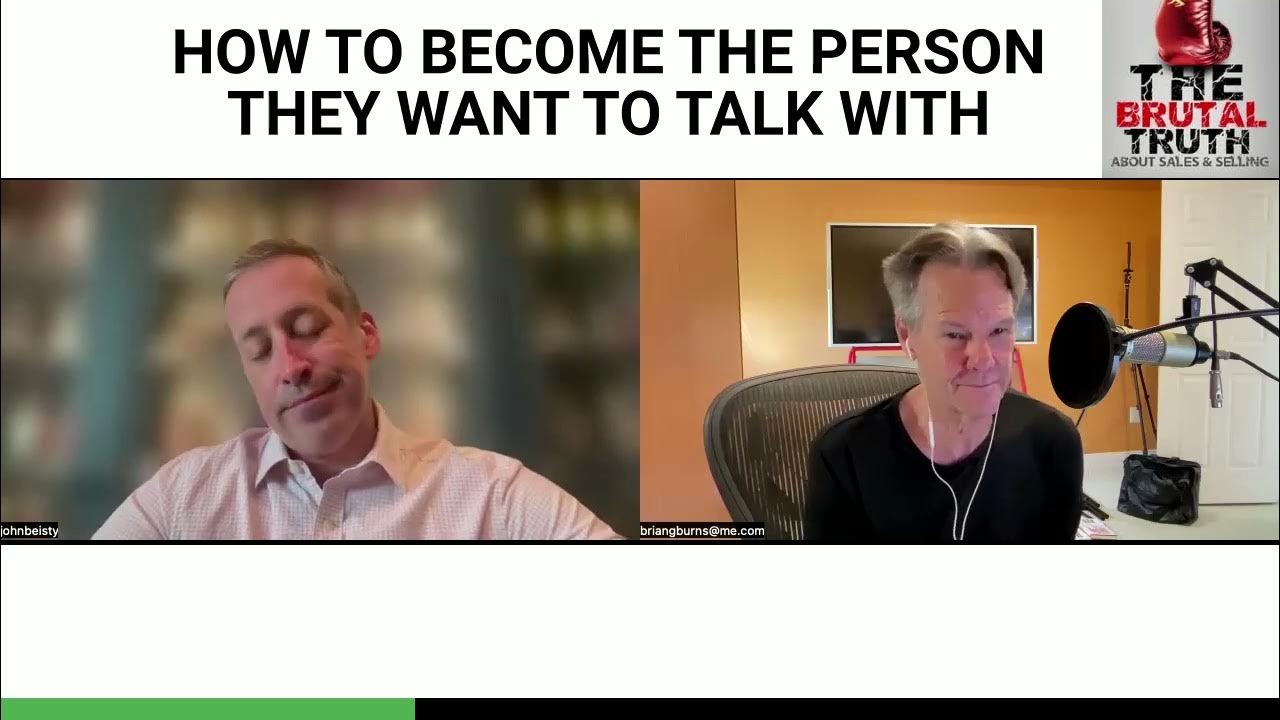The A to Z of Microlearning with Shannon Tipton
Summary
TLDRIn this insightful interview, L&D professional Shannon Tipton discusses the evolution and impact of microlearning in the workplace. Highlighting its flexibility and ability to deliver targeted content, she emphasizes the importance of creating standalone learning modules that cater to specific outcomes. Tipton also addresses the role of AI in streamlining microlearning content creation and the shift towards community-based learning in the future of L&D. Her advice for effective microlearning? Focus on one topic at a time for maximum impact.
Takeaways
- 😀 Microlearning is defined as short bursts of focused, right-sized content aimed at achieving a specific outcome.
- 🏫 The pandemic reshaped the microlearning landscape by accelerating the need for flexible and accessible training solutions that can reach people where they are.
- 🔧 AI has the potential to streamline the development of high-quality microlearning modules by assisting in content creation, brainstorming, and repurposing existing content.
- 📚 Microlearning should not just be chopped-up content but should have a clear beginning, middle, and definitive end to ensure standalone comprehension.
- 🎯 Microlearning can be effectively used for complex and technical training when integrated properly with other learning methods such as blended or flipped classroom approaches.
- 📈 Measuring the effectiveness of microlearning should focus on appropriate metrics that align with business goals, rather than just engagement numbers.
- 👥 Microlearning appeals across generations and should be adapted to organizational culture and individual preferences for information consumption.
- 🛠️ AI can help in rapid content creation for microlearning, from generating outlines to producing graphics and video scripts, making the process quicker and potentially more efficient.
- 🌐 The future of L&D may see a trend towards community-based and peer-to-peer learning, facilitated by technology that allows for easy community nurturing and user-generated content.
- 📊 Business acumen is a crucial skill for L&D professionals to understand and speak the language of business, ensuring their work aligns with and adds value to organizational goals.
- 📚 Shannon Tipton recommends 'Designed for How People Learn' by Julie Dirksen as a favorite book on Learning and Development, highlighting the importance of understanding learning processes.
Q & A
What is the definition of microlearning according to Shannon Tipton?
-Microlearning is defined as short bursts of focused, right-sized content to achieve a specific outcome.
How did Shannon Tipton's professional journey in L&D begin?
-Shannon started in the restaurant business and transitioned into training when she expressed interest in developing franchisees, which led her to explore and eventually become passionate about the L&D field.
What is the significance of the name 'Learning Rebels' for Shannon's consultancy?
-The name 'Learning Rebels' originated from a blog Shannon started with a friend. It reflects her philosophy of challenging traditional learning methods and aligns with her approach to L&D.
Why did Shannon decide to start her own independent consultancy?
-Shannon wanted to maintain her passion for L&D and not move with her company's headquarters from Chicago to Philadelphia. She took the opportunity to start her own business, embracing the philosophy of 'Learning Rebels'.
How does Shannon view the role of microlearning in complex and technical training?
-Shannon believes microlearning can be used for complex topics by being careful and using it as a tool within a larger learning initiative, such as reinforcement links in leadership development programs.
What is Shannon's perspective on measuring the effectiveness of microlearning?
-Shannon suggests that the effectiveness of microlearning should be measured in terms of its contribution to broader business goals, rather than just engagement metrics like views or downloads.
How does Shannon Tipton suggest adapting microlearning to cater to different generations in the workforce?
-Shannon believes microlearning appeals across generations and emphasizes the importance of aligning learning solutions with organizational culture rather than focusing solely on generational differences.
What are some alternative formats to video that Shannon mentions for microlearning content?
-Shannon mentions infographics, PDFs, and other formats as effective for microlearning in certain scenarios, emphasizing the importance of choosing the right format based on the content's needs.
How does Shannon see the potential of AI in streamlining the development of high-quality microlearning modules?
-Shannon sees AI as a tool that can significantly help in the brainstorming process, content creation, and even in generating graphics and video scripts, making the development of microlearning modules faster and more efficient.
What impact did the pandemic have on the microlearning landscape according to Shannon's observations?
-The pandemic reshaped the microlearning landscape by accelerating its adoption as organizations sought ways to deliver training remotely and efficiently. It highlighted microlearning's ability to reach people where they are without causing disruption.
What is Shannon's advice on implementing microlearning without just repurposing old content?
-Shannon advises creating microlearning with a clear beginning, middle, and definitive end, ensuring each piece is a standalone object that contributes to a larger learning objective, rather than simply chopping up existing content.
Outlines

此内容仅限付费用户访问。 请升级后访问。
立即升级Mindmap

此内容仅限付费用户访问。 请升级后访问。
立即升级Keywords

此内容仅限付费用户访问。 请升级后访问。
立即升级Highlights

此内容仅限付费用户访问。 请升级后访问。
立即升级Transcripts

此内容仅限付费用户访问。 请升级后访问。
立即升级浏览更多相关视频

JOB INTERVIEW

Learning and development | HR #learninganddevelopment #traininganddevelopment #hr #readytogetupdate

BECOMING THE PERSON CLIENTS WANT TO SPEAK WITH - The Brutal Truth about Sales Podcast

Leandro Karnal fala sobre ética em ambientes profissionais

Learn English Podcast: How to Learn Faster with Microlearning (Examples Included)

Tadej Pogačar’s Tour De France Training Secrets: His Coach Reveals All!
5.0 / 5 (0 votes)
